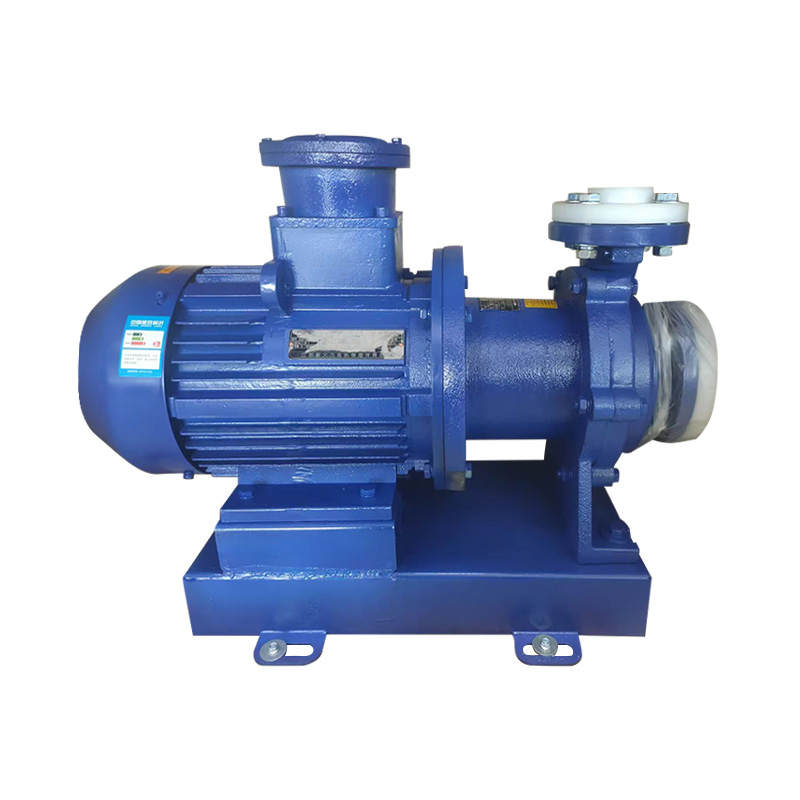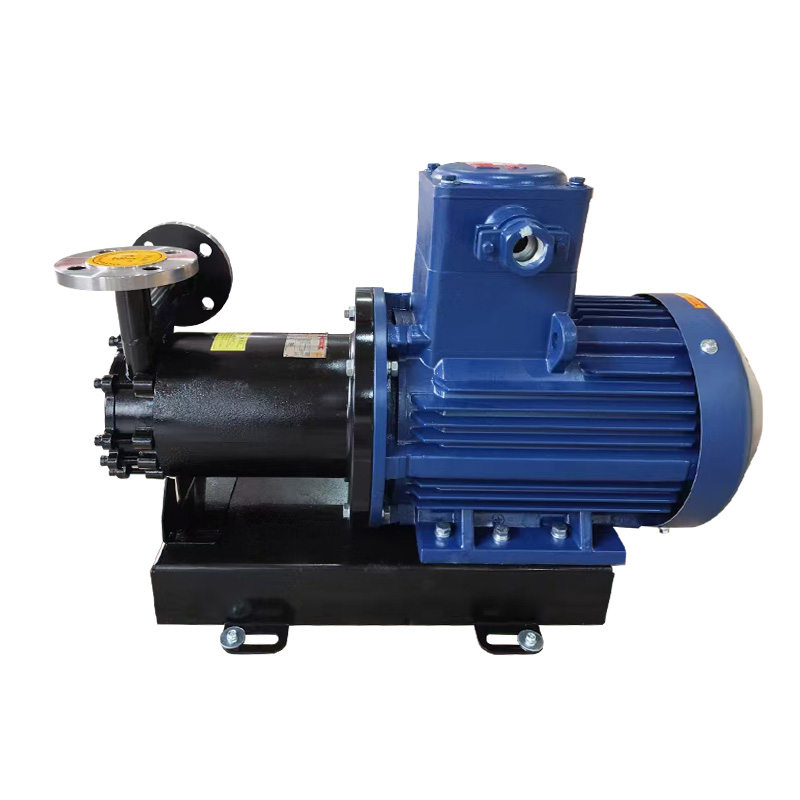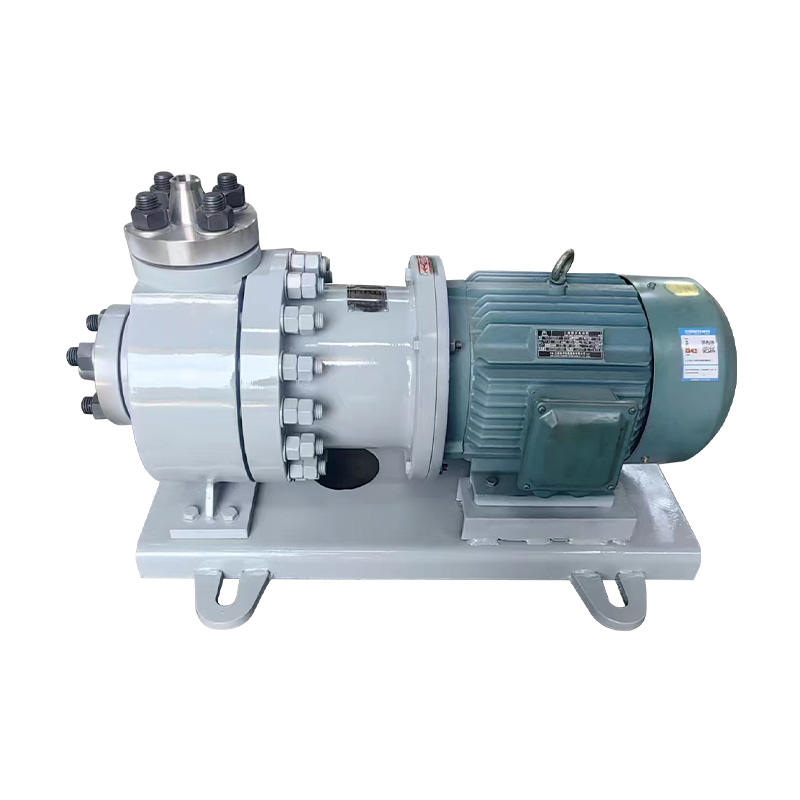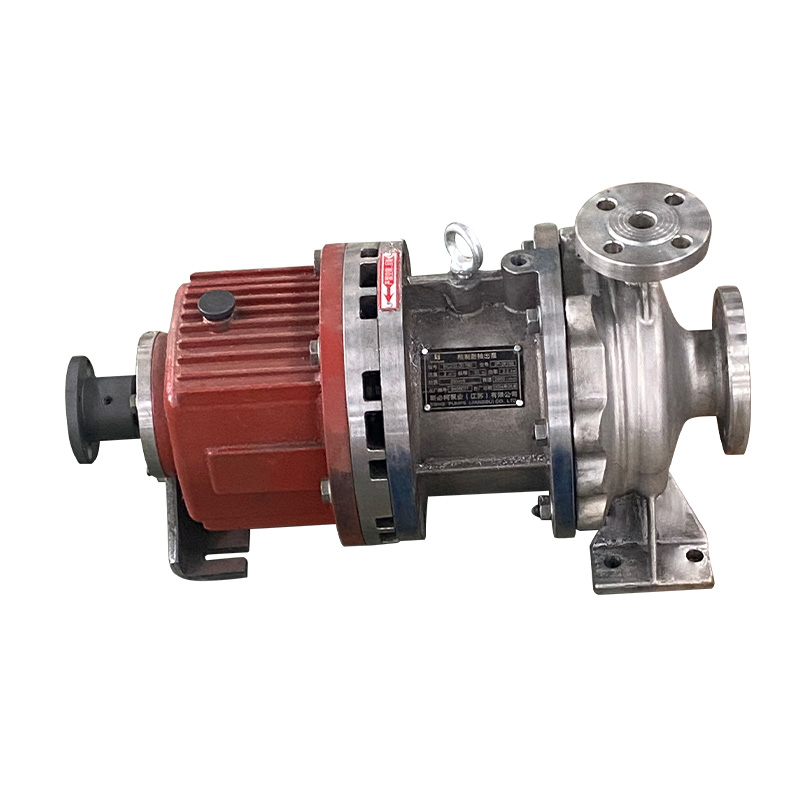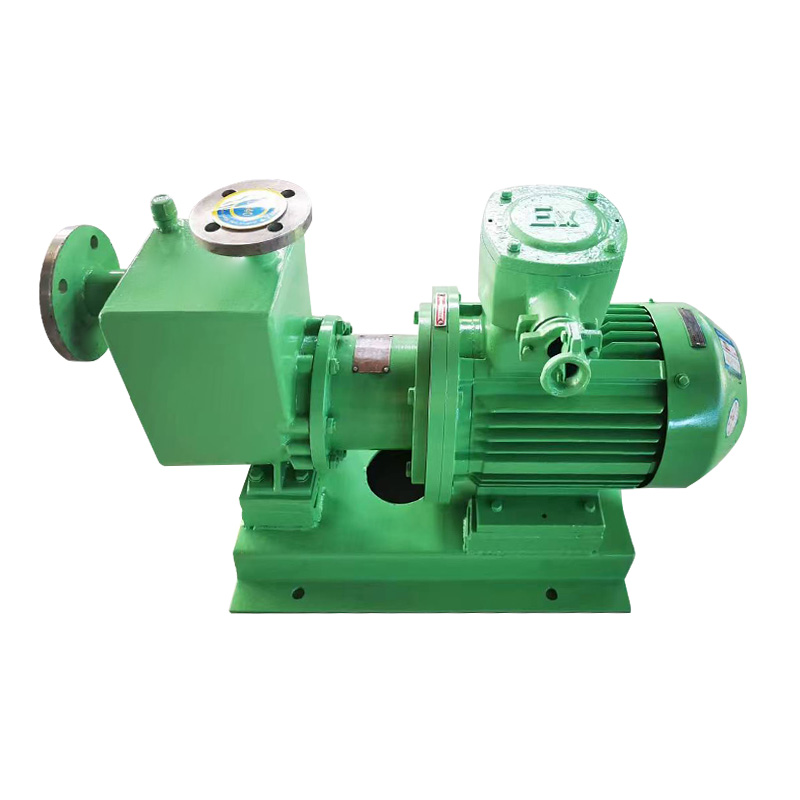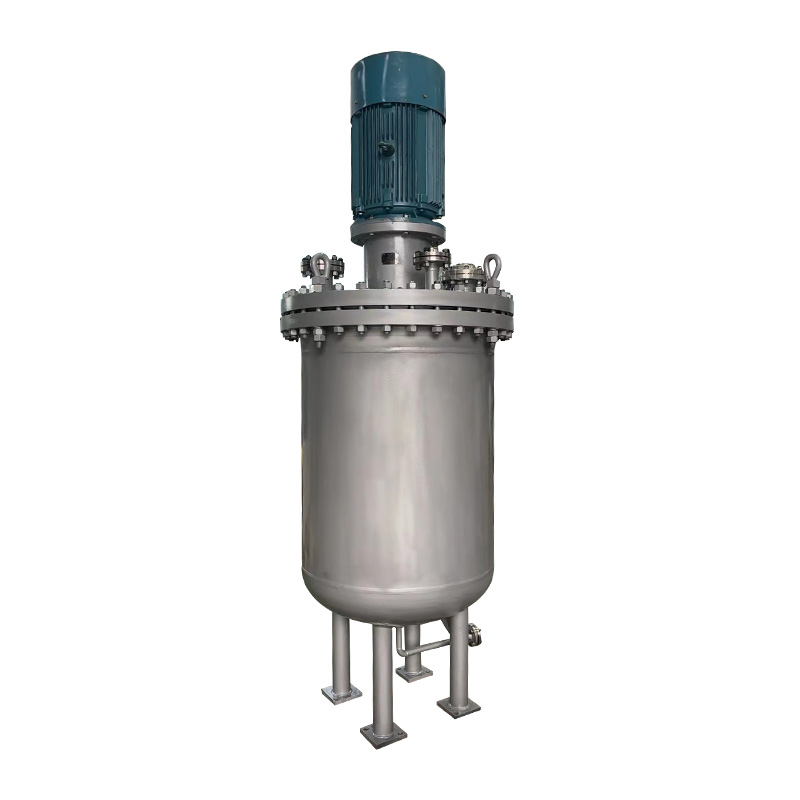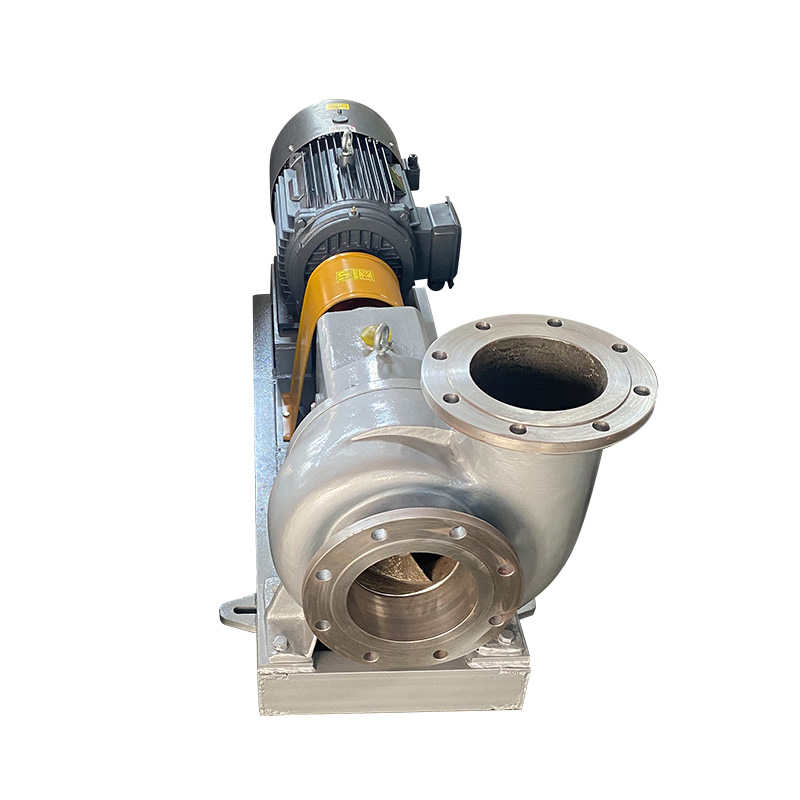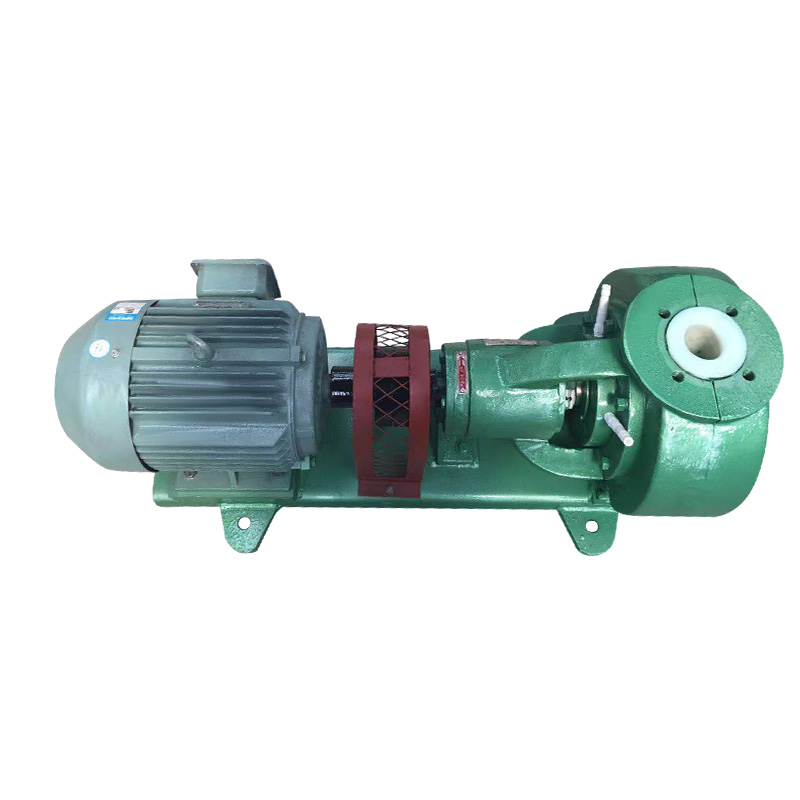1.Magnetic Pump Revolutionizes Industrial Energy Efficiency with Contactless Power Transmission
1.1 Eliminating Mechanical Friction for Superior Energy Utilization
Traditional pump systems suffer from continuous friction among rotating shafts, bearings, and seals—factors that contribute significantly to energy loss and mechanical degradation. Magnetic Pumps eliminate this inefficiency through a contactless magnetic coupling mechanism that transmits power without direct physical interaction, thereby preserving more of the input energy for actual fluid movement.
1.2 Enclosed Shaft Design Minimizes Wear and Boosts Longevity
In Magnetic Pumps, the inner magnetic rotor and shaft are completely sealed within a containment shell, interacting with the external magnetic drive through a magnetic field. This architecture not only eliminates the need for dynamic seals, reducing leakage risks, but also extends the lifespan of the pump by minimizing mechanical fatigue and wear under continuous operation.
1.3 Achieving a New Standard in Energy Conversion Efficiency
By removing frictional resistance, Magnetic Pumps convert a significantly higher portion of electrical energy into hydraulic energy compared to conventional designs. This leap in energy efficiency means substantial long-term savings on power consumption, positioning Magnetic Pumps as an ideal choice for companies seeking cost-effective, high-performance pumping solutions.

2.Streamlined System Architecture Cuts Down on Auxiliary Energy Requirements
2.1 No More Auxiliary Lubrication: A Cleaner, Leaner System
Conventional pumps require a constant supply of lubricants to minimize wear and maintain operational integrity, which not only raises operational costs but also creates environmental concerns from waste oil disposal. Magnetic Pumps, by eliminating physical contact between moving parts, operate efficiently without the need for such lubrication systems, drastically reducing maintenance and consumable expenses.
2.2 Avoiding Cooling System Overheads in Heat Management
Traditional pumps often depend on elaborate water-cooled systems to dissipate heat generated by friction, consuming both electricity and precious water resources. Magnetic Pumps, due to their minimal internal friction, operate at lower temperatures, effectively removing the need for active cooling infrastructure and helping enterprises address water scarcity and energy cost challenges simultaneously.
2.3 Lower Capital and Operating Costs Through System Simplification
The absence of lubrication and cooling subsystems means fewer components, simpler installation, and a reduced likelihood of mechanical failure. This streamlined approach decreases both the initial capital investment and ongoing operational expenses, offering a more sustainable and economical solution for long-term industrial use.

3.Aligning with the Global Drive for Sustainable Industrial Innovation
3.1 Meeting Regulatory Demands for Energy and Emissions Compliance
With the rise of stringent global environmental policies, industries are under pressure to adopt technologies that reduce energy usage and emissions. Magnetic Pumps directly support compliance with these regulations by lowering electricity demand and eliminating the need for oil-based lubricants and complex thermal control systems.
3.2 Building Green Manufacturing Credentials and Market Value
Using Magnetic Pumps enables enterprises to significantly reduce their carbon footprint while enhancing environmental stewardship. This not only improves their corporate image but also boosts their competitiveness in markets that prioritize sustainability, making them more appealing to eco-conscious partners and consumers.
3.3 Paving the Way for Next-Generation Eco-Industrial Practices
As industries pursue sustainable development and digital transformation, Magnetic Pumps provide a technological foundation for future-ready operations. Their ability to deliver high efficiency with minimal resource input makes them key enablers in the transition to cleaner, smarter industrial systems that prioritize environmental responsibility alongside economic performance.



 English
English русский
русский Español
Español
